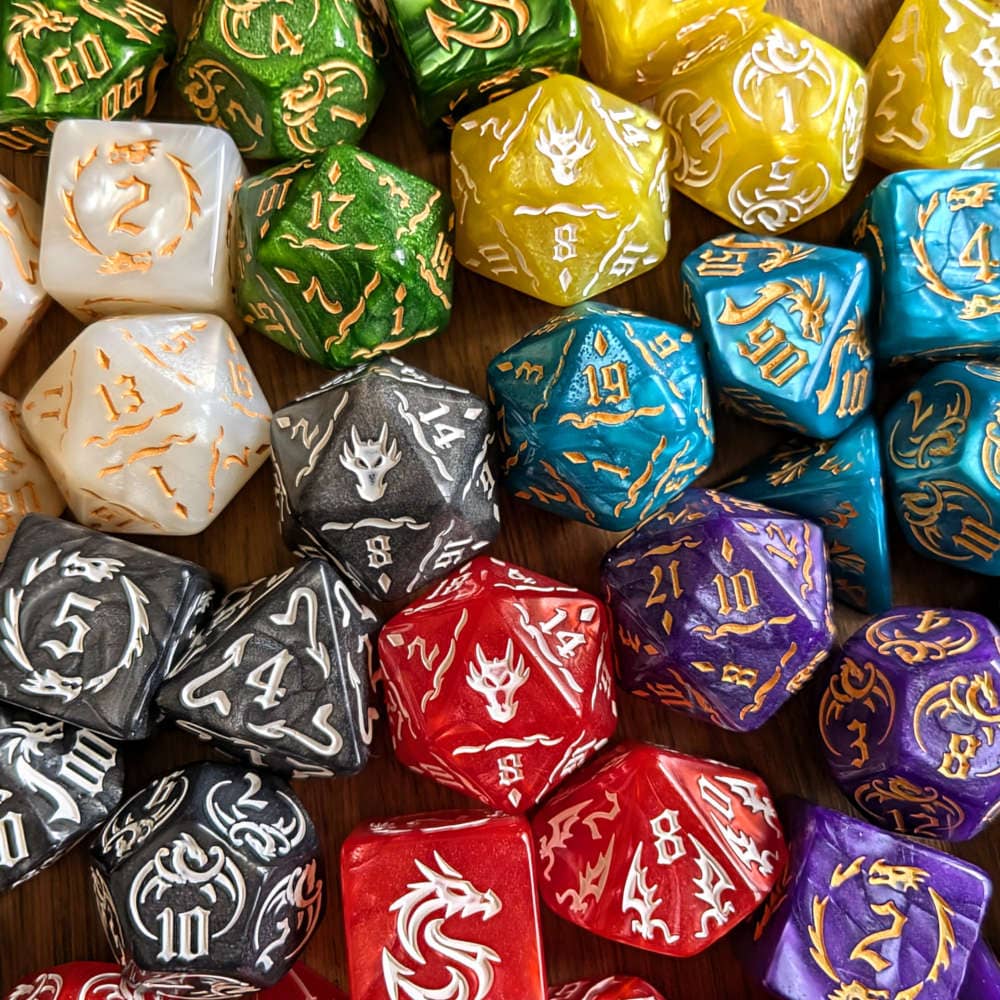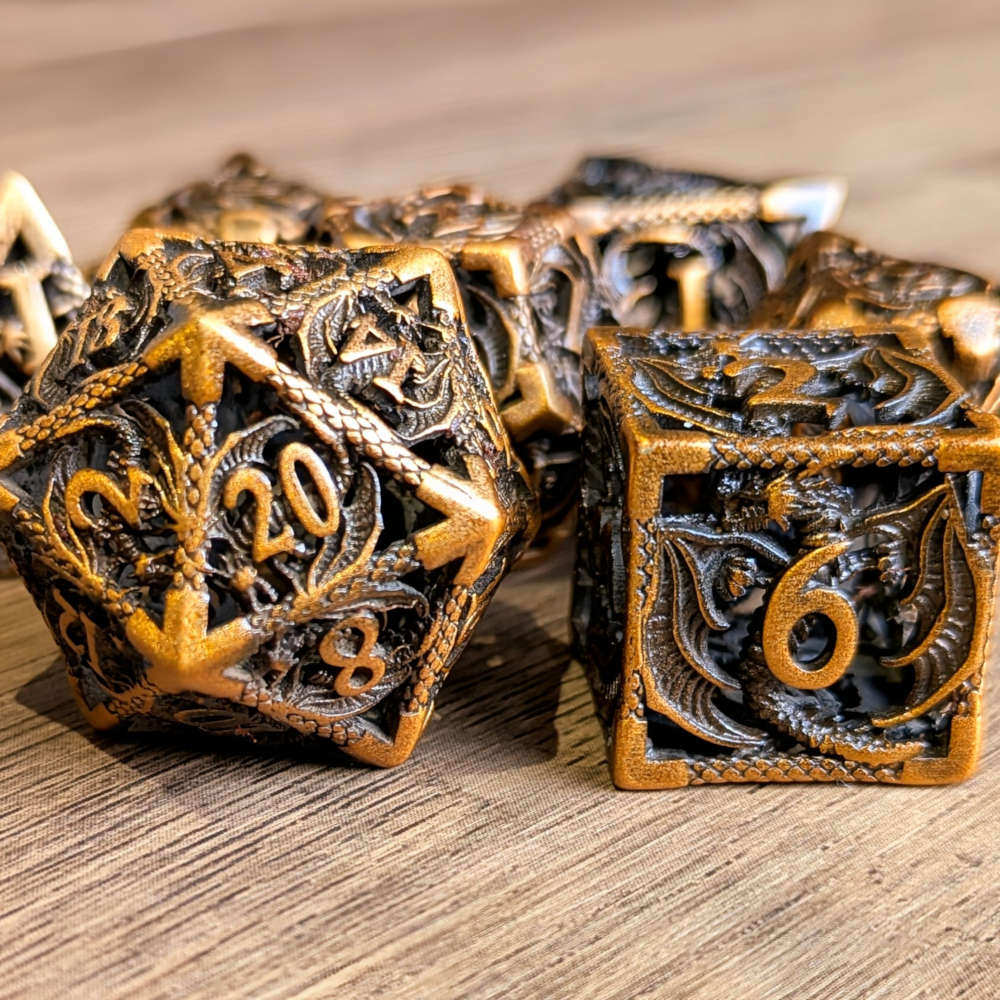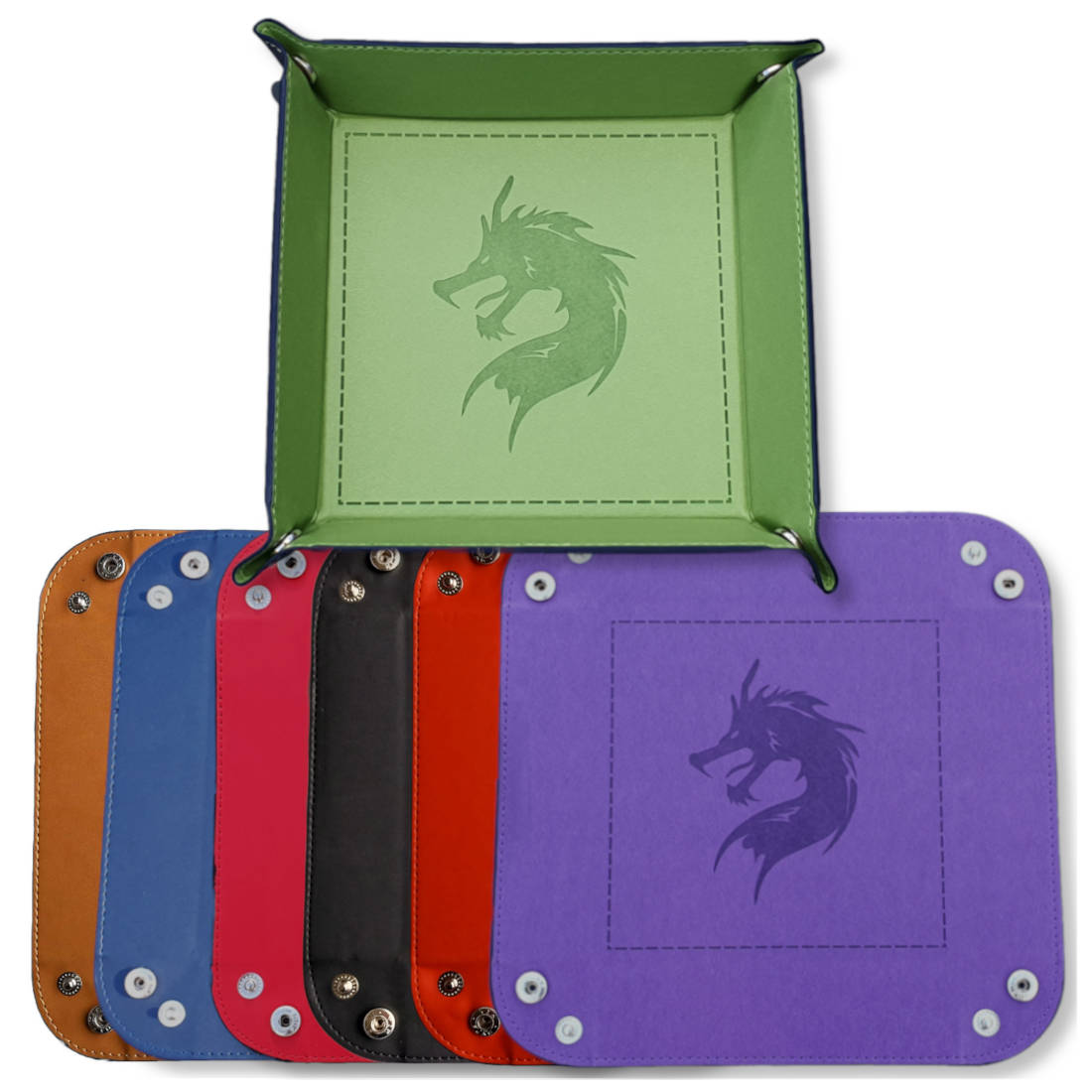Is a DM screen worth it?

In the world of tabletop role-playing games, Dungeon Masters (DMs) often find themselves juggling lots of tasks to craft immersive adventures. Enter the DM screen - a formidable tool that stands as a barrier between the DM and the players. But what exactly is a DM screen, and does it truly enhance the gaming experience?
In this article, we explore the secrets of the DM screen, explaining what it does, why you might use one, and whether getting a DM screen is worth it.
What does a DM screen do?
A DM screen serves to separate the Dungeon Master from players, concealing plans and secrets. It also functions as a tool to display or hide important information, enhancing the overall management of the tabletop adventure.
Why use a DM screen?
The biggest benefit of a DM screen is that it allows you to keep things private from your players. This helps foster a sense mystery and suspense, enhancing the experience. By concealing information and dice rolls, you add a layer of intrigue to the adventure.
Getting a DM screen isn’t the only thing that can help improve your Dungeon Master skills, however! For more tips, check out our guide on how to be a good Dungeon Master.
What should you keep behind your DM screen?
The private space afforded to you by a DM screen provides a wealth of opportunities. There are plenty of things you could keep behind your DM screen, such as:
- Important notes: keep quick references, plot points, or key details for quick reference. Read our guide for tips on keeping notes in D&D.
- Monster and character sheets: keep enemy sheets hidden, including their stats and abilities.
- Secret dice rolls: conceal your D&D dice rolls, adding an element of suspense.
- Reminders: pin up key character stats, names, or preparation notes for easy access.
- Miniatures: hiding minis behind the screen lets you dramatically unveil them during play.
What types of DM screen are available?
Beyond the official D&D DM screen, a realm of artisan-crafted screens awaits. These screens, often bearing intricate designs or thoughtful storage layouts, are widely available online or at tabletop conventions.
Materials used in such DM screens range widely, with the most popular choices being plastic and wood. This diversity extends to dimensions, with a variety of heights, lengths, and thicknesses available to cater to your individual preferences.
Whether seeking practical utility or artistic expression, there are lots of unique DM screens out there, allowing Dungeon Masters to choose the screen that best suits their needs.
Is a Dungeon Master screen worth it?
In our opinion, yes! A DM screen helps preserve the magic of the game by shielding information from prying eyes. If you don’t have the coin for a proper DM screen, you could make your own. Either way, a DM screen is worth it because you need some way to keep information private from players.
Do you need a DM screen to play D&D?
No, you don’t need a DM screen to play D&D. Not all Dungeon Masters use a DM screen. However, you do need a way to keep information private from players, and a DM screen serves as a practical tool for achieving this purpose.
Does the Dungeon Master’s Guide come with a DM screen?
No, the Dungeon Master's Guide is a standalone book offering guidance for running campaigns; it doesn't come with a DM screen. A DM screen is a separate accessory that can be purchased separately.
How do you make a DM screen?
Crafting your own DM screen can be done in several ways:
- Books or binders: stand up two or more opened books or binders to create a makeshift screen.
- Cardboard: taping together several long and wide pieces of cardboard with tape can create a simple yet effective screen.
- Wood: if you’re feeling more ambitious, there are guides online for creating a wooden DM screen.
How big should a DM screen be?
The size of your DM screen should be sufficient to provide private space for notes and materials. It depends on your table size and personal preferences for workspace. Choose a size that accommodates your needs while fitting comfortably on your tabletop.
Make sure you have enough space to make dice rolls, too! For more information, check out our guide that explains how many dice a DM needs for D&D.
How thick should a DM screen be?
The thickness of a DM screen depends on the tabletop and material. Plastic DM screens are typically much thinner than wooden ones. If you’re crafting your own, opt for thick materials so it can be freestanding.
Elevate your game with Dice Dragons
In this journey through the realms of DM screens, we've uncovered their purpose, types, and the considerations when choosing or making one. If you found this guide intriguing, delve into our related article on what to do when dice fall off the table during your thrilling tabletop adventures. Discover tips to keep the momentum flowing seamlessly, even if a roll goes astray!
At Dice Dragons, we’re passionate purveyors of tabletop treasures, boasting an extensive collection of dice and D&D accessories. Whether you fancy the weighty resonance of metal dice or the mesmerising allure of liquid core dice with captivating inner movements, we have something for you.





